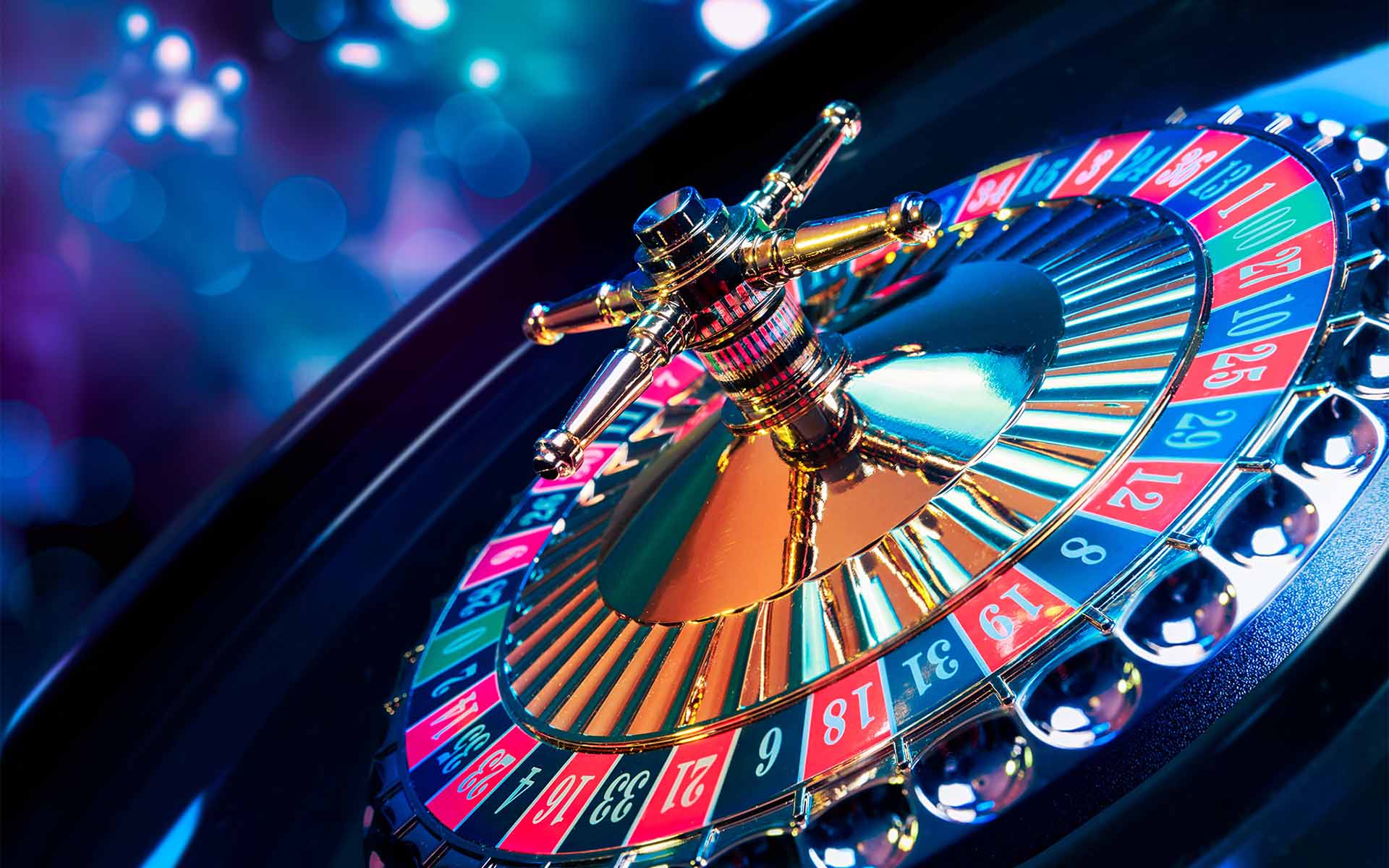
Manga, a unique comic art style that hails from Japan, has captured the admiration of readers worldwide. Its journey from basic stories to intricate plots is a testament to its evolving nature and the imagination of its illustrators. What began as a form of entertainment has transformed into a cultural icon, affecting various aspects of society, art, and design.
As we delve into the evolution of manga, it is important to acknowledge the pivotal moments that have shaped its character. From the groundbreaking creations of creators in the early 20th century to the modern titles that defy categorization of today, manga captures the changing tastes and values of society. This examination will not only showcase the creative and thematic progress within the medium but also expose how societal changes have been pivotal in shaping the stories and styles that connect with readers now.
Cultural Origins of Manga
Japanese comics, as a style of visual storytelling, has profound historical roots that trace back to ancient Japan. Initial examples can be seen in the drawn stories of the 12th century, such as the "Toba Ehon," which included hand-drawn images that showcased funny and mocking stories. This initial art style laid the groundwork for the storytelling methods and visual techniques that would develop into contemporary manga.
The Edo era, which spanned from the 17th to the 19th centuries, held a crucial role in forming manga. During this time, ukiyo-e, or woodblock prints, gained fashionable, featuring depictions from common life, landscapes, and kabuki theater. Artists like Katsushika Hokusai and Utagawa Kuniyoshi added significantly to this art form, blending story elements and energetic compositions that affected the storytelling methods found in contemporary manga.
By the end of the 19th century, Japan was introduced to Western culture and art, resulting to further evolution in visual storytelling. The arrival of printed cartoons in newspapers and magazines during the Meiji Restoration marked a significant shift. This time saw the emergence of contemporary manga as we understand it, blending traditional Japanese art with Western-style comic methods, ultimately laying the way for the diverse array of genres and styles that define manga in the present.
Key Trends in Contemporary Manga
Modern manga has experienced a considerable shift in narrative methods and themes, reflecting the complexities of modern society. One prominent trend is the increasing inclusion of varied characters and narratives. Manga that showcases protagonists from different backgrounds, including gender, race, and sexuality, has attained popularity. This inclusivity not only appeals with a broader audience but also deepens the storytelling landscape, making it more relatable.
Another notable trend is the fusion of traditional manga artistic styles with digital innovation. Artists are now employing cutting-edge technology to augment their work, producing visually stunning pieces that were previously challenging to achieve with classic techniques. The rise of digital comics and digital platforms has permitted creators to reach global audiences and experiment with formats, leading to new genres and styles that challenge the boundaries of traditional manga.
Finally, contemporary manga often explores complex themes such as well-being, self-discovery, and existential crises. These narratives often deviate from the basic good versus evil dichotomy, delving into the shades of human experiences. Readers are increasingly drawn to stories that mirror actual struggles and triumphs, fostering a more profound connection with the protagonists and their journeys. This transformation in thematic depth marks a significant departure from earlier manga, marking a maturation of the medium as it adapts to shifting societal values.
Cultural Influence and Global Reach
Japanese comics has surpassed its roots in Japan to become a global phenomenon, influencing diverse cultures and media worldwide. The distinct narrative and art styles have enchanted audiences beyond Japan, with numerous international readers embracing the varied genres that these comics offers. The global reach of this medium has led to a cross-cultural exchange, where international creators are inspired by Japanese techniques, and local artists integrate manga influences into their art. This blending of styles has enriched both the global comic scene and the reading experience for fans everywhere.
The rise of the internet and digital platforms has had a major role in the proliferation of Japanese comics. Digital platforms have made it more accessible for readers around the world to obtain and share manga, resulting in an surge in popularity. Fansubs, fan translations, and digital distribution channels have allowed for quicker access to recent publications, often before they are officially translated into other tongues. This availability has not only broadened the reader base but has also cultivated a dedicated community around the culture of manga, with conventions, fan art, and discussions thriving in online spaces. 888b
The influence of manga influence can also be seen in the film and television sectors, where popular manga series have been turned into animated series, live-action films, and video games. These adaptations have further increased interest in the original manga, often leading in a spike in sales and a fresh audience. The influence of manga continues to expand as it develops, shaping trends in storytelling and artistry around the world and solidifying its place as a prominent medium of entertainment and artistic expression.